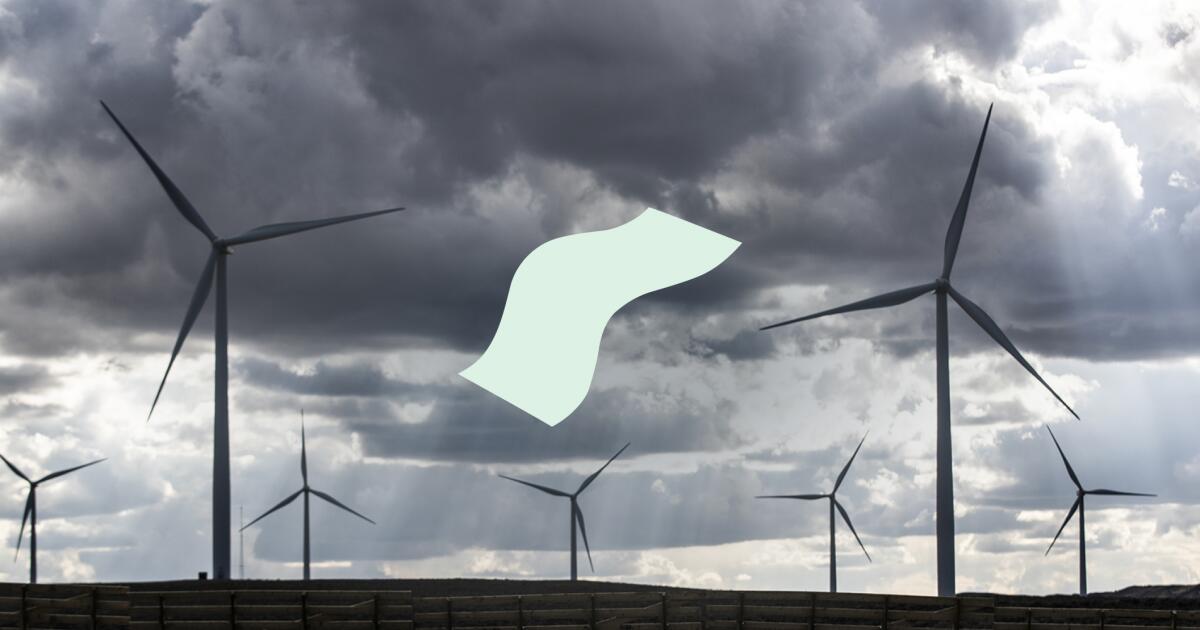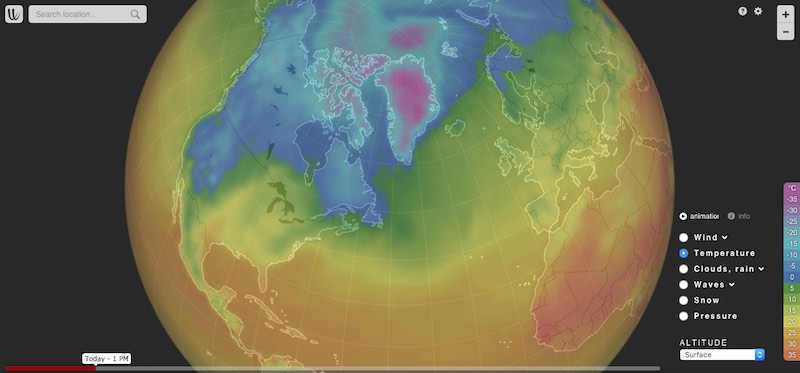Yes, offshore wind and more batteries to go with the solar are key. The wind resources we have now tend to be fairly quiet during heat waves like this one - anyone know how the offshore wind locations tend to do?Yes, they can't get those offshore wind turbines up fast enough. Perhaps the entire process can be streamlined in some manner. The goal obviously is to get at least enough online to replace Diablo Canyon by 2029/30 when those reactors shut down. And given the recent heat waves we are seeing, they also need to speed up the deployment of battery storage to soak up that otherwise curtailed solar surplus.
IMO solar + batteries will still reign king for the summer months - while today's typical 4h duration batteries are being installed for maximum economics (4h duration is all we need to make it past days like we've been having), 8h duration batteries will be the next step in being able to store the solar from a day and allow that solar to be used long through the night.
There was also some weird and counter-intuitive things going on with batteries yesterday - compare yesterday 9/6 where the peak discharge 2,839 MW at 6:40 pm to the day before 3,339 MW at 6:30 pm. Apparently there is some price cap of $1,000 / MWh signal that caused the batteries to start discharging early (if $1,000 MWh is the max price, why not discharge as fast as possible?). So it seems that with some better rules and software in place, the batteries could have been better dispatched to coincide with peak loads.
Discussion related to this on Twitter under this post:



/cdn.vox-cdn.com/uploads/chorus_asset/file/11899281/interconnections_map_1024x439.jpg)


